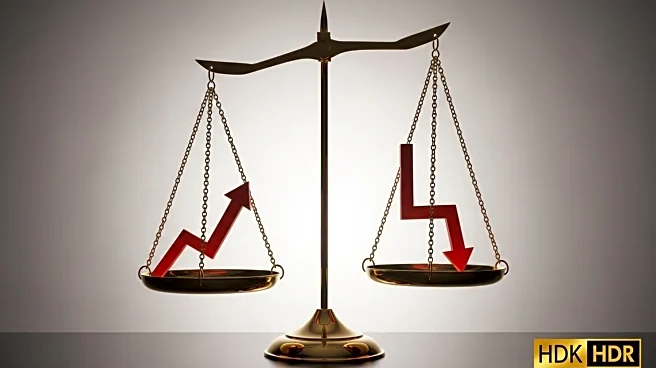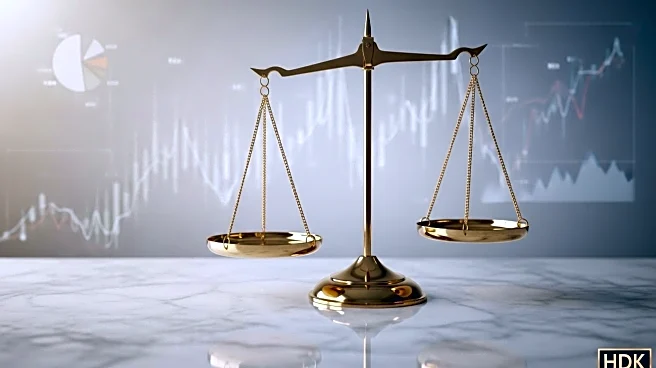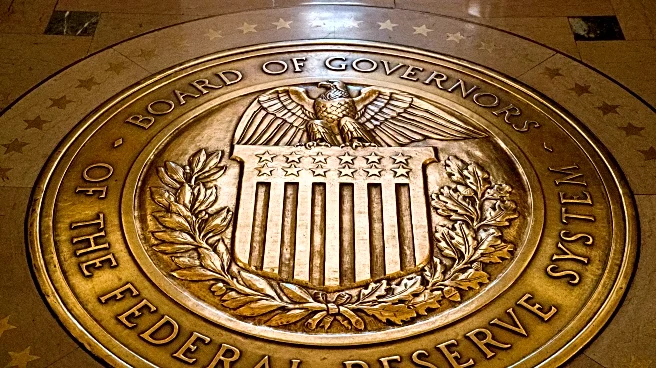What's Happening?
The Federal Reserve has reduced interest rates by a quarter of a percentage point, setting them in the range of 4% to 4.25%. This decision marks the first rate cut of the year and comes amid concerns about a slowing labor market and rising inflation due to President Trump's tariffs. The move was not unanimously supported, with some officials advocating for a more aggressive cut. The Fed's decision reflects a shift in focus towards supporting employment and economic growth, despite ongoing inflationary pressures.
Why It's Important?
The rate cut signals the Fed's response to mixed economic signals, balancing the need to support the labor market against the risk of inflation. Lower interest rates can stimulate economic activity by reducing borrowing costs, potentially boosting consumer spending and investment. However, the decision also highlights the challenges faced by the Fed in navigating economic uncertainties and political pressures. The move could have significant implications for financial markets, influencing investor behavior and economic forecasts.
What's Next?
The Fed has indicated that further rate cuts may be necessary, with two more reductions anticipated this year. These decisions will depend on economic data and the evolving impact of trade policies. The Fed's actions will be closely watched by investors and policymakers, as they seek to gauge the central bank's approach to managing economic risks. The outcome of these decisions will shape the economic landscape, affecting growth prospects and inflation expectations.











